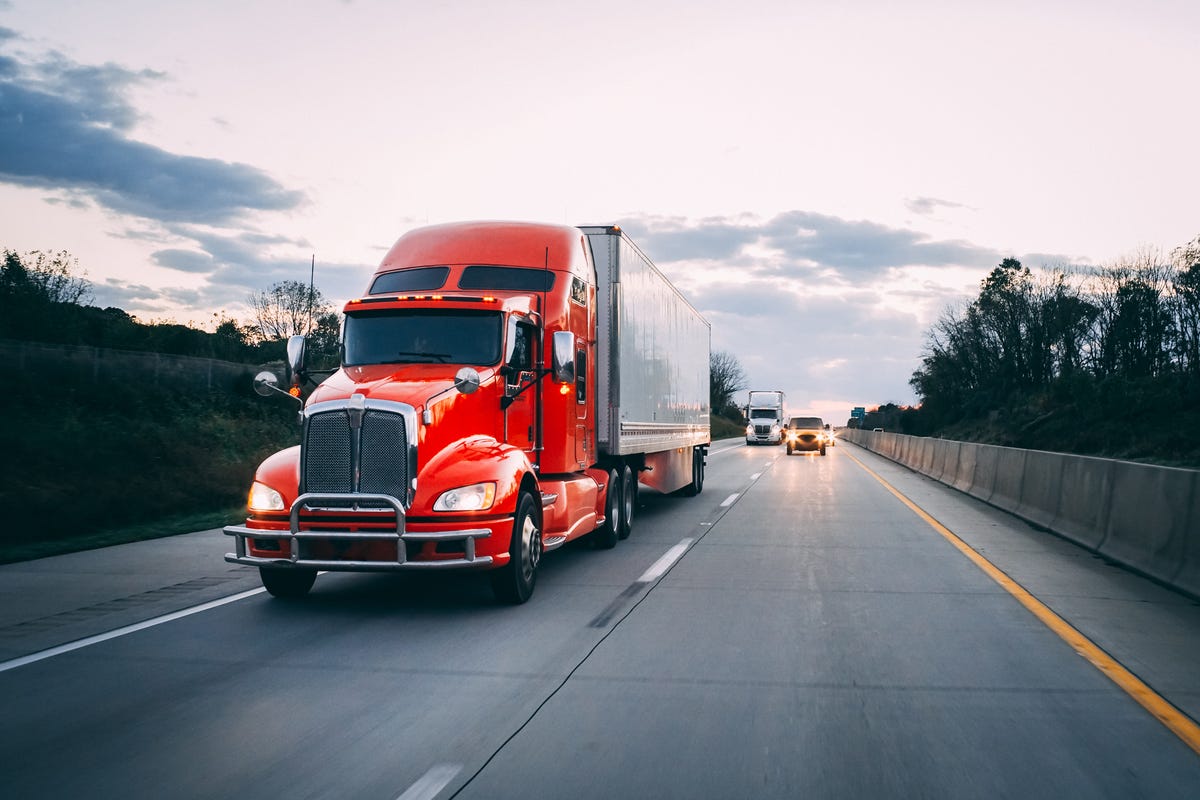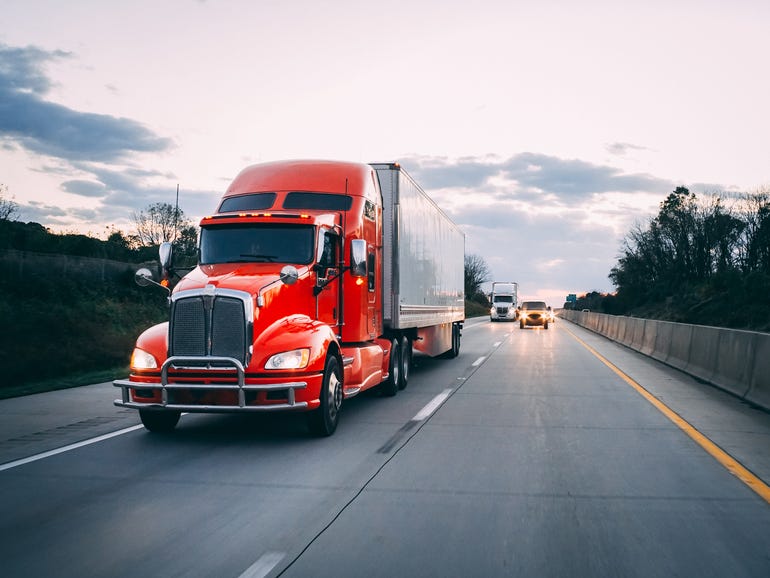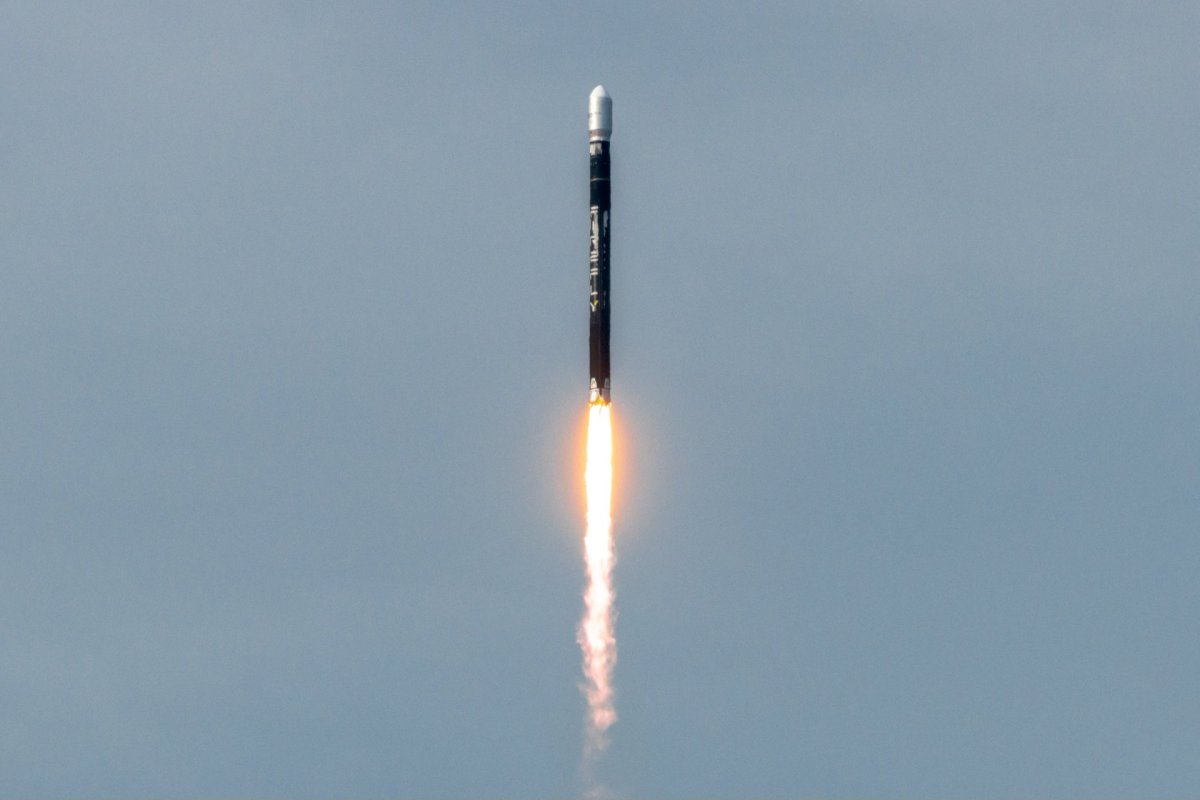Automated trucks could cost 500,000 US jobs, researchers say

5m3photos / Getty
The University of Michigan, in collaboration with Carnegie Mellon University, published the findings of a new study that predicts drastic changes in the trucking industry.
Titled “Impact of automation on long haul trucking operator-hours in the United States,” the study focuses on what the researchers call a “transfer hub” model.
Under this plan, human drivers would still carry loads from their origination points to truck ports located within about 150 miles. At the titular transfer hubs, trailers and loads would then be shifted from human-controlled vehicles to automated trucks for the long-haul portions of their journey. Once the automated vehicle arrived at a transfer hub near its destination, the process would continue in reverse, with the load once again shifted to a human driver for final delivery.
The university claims this scenario is one of the most likely to see widespread use due to the balance of humans being able to handle the “more complex suburban-urban segments at both the starting and end points of the journey,” while automated trucks could handle the more simplistic highway driving involved in the long-haul portions.
More: Autonomous trucks can drastically cut emissions (Here’s how)
However, even with the transfer hub model in use, the study admitted that obstacles such as automated driving in poor weather conditions could affect as much as 10% of all trucking hours. It notes this can be mitigated somewhat by deploying routes that primarily run across “southern, sunny states,” as well as “deployment in spring and summer months.” The UM study still believes the system would be viable in any case, even for journeys over 500 miles to destinations across the entire US.
Assuming the researchers’ visions of what automated long-haul trucking will look like are correct, as many as 500,000 jobs could be lost across the trucking industry. This includes not only long-haul truckers, but the maintenance and support staff working at the truck stops that support those truckers on their journeys. Such staff would no longer be needed if self-driving trucks were completing the majority of the journey.
The loss in employment opportunities is expected to be offset somewhat. UM believes the positions at transfer hubs would largely replace the lost jobs at truck stops for workers currently employed at them. However, it does not believe the short-haul routes could fully compensate for the loss of all of the long-haul routes automated trucks would now be completing. Still, this model would result in the loss of “a few hundred thousand jobs (as opposed to a million or more),” the study claims.
More: Uber Freight expands to serve customers with smaller shipments
Study co-author Parth Vaishnav called trucking “one of the few jobs that give folks with a high school education the chance to make a decent living,” and warned that there continues to be ” little clarity on how automated trucking will be deployed and its economic and political ramifications.”
Vaishnav believes that “Ultimately, societal and political choices can determine the mode of deployment of automated trucking capabilities, as well as the winners and losers of any shift to automation of long-haul trucking.”





Pingback: https://www.dallasnews.com/marketplace/2023/09/29/phenq-reviews-legit-diet-pills-or-fat-burner-scam/
Pingback: Diyala Governorate Sciences
Pingback: cele mai bune medicamente pentru articulatii